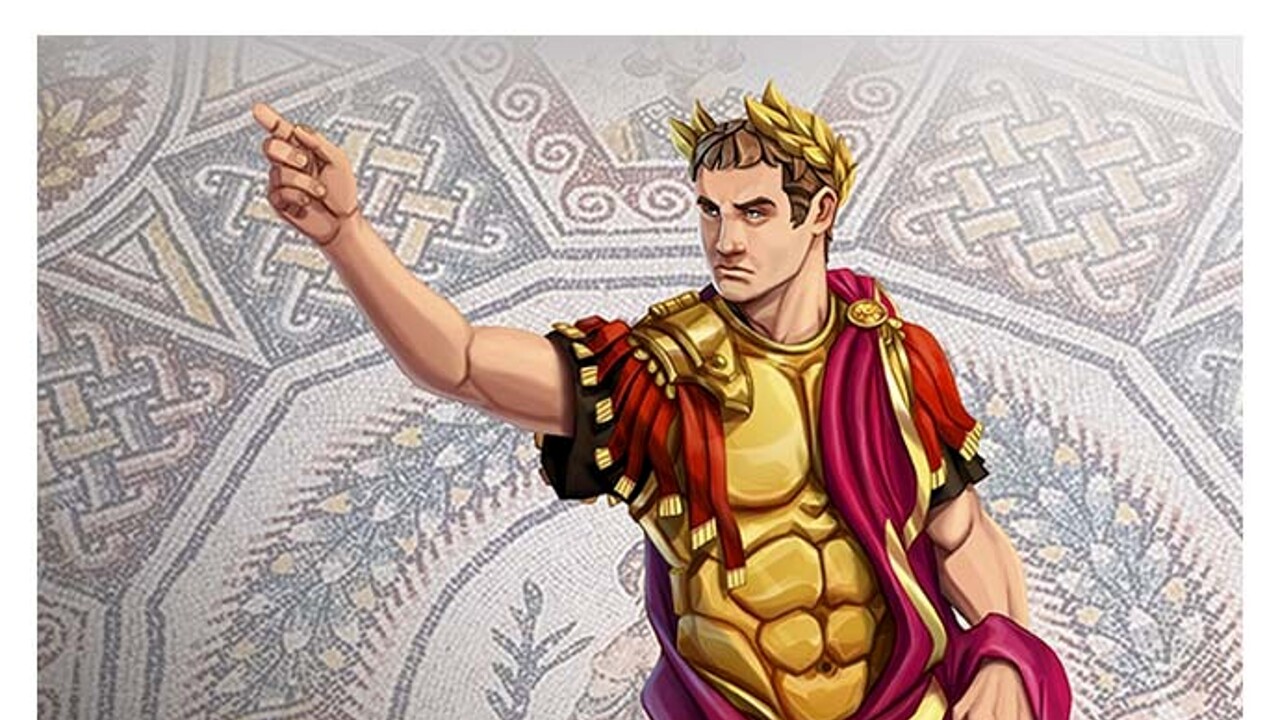Augustus is a new all-Italian video game, designed to raise awareness of archeology in Sicily. The project was born in the context of POFESR Sicily 2014/2020, which involves the implementation of various technological initiatives in partnership with companies, public bodies and research structures. As the name suggests in the game we will play the role of the first Roman emperor, Augustus, but the title is also an acronym for AUgmented Game for Sicilian ToUrism marketing Solutions.
Augustus is born: the game to discover the wonders of Sicily
Augustus is the result of the shared efforts of several institutions: the Institute of Cultural Heritage Sciences of the National Research Council he has dealt with the historiographical and archaeological part e the company Ett Spa was in charge of developing the app. The communication studio Ad Meridiem and CGI RedRaion, and the Department of Economics and Business Sciences of the University of Palermo also contributed.
The spirit of the game is very simple: let everyone know in an accessible way the archaeological wonders of Sicily in the form of a game. Users will therefore find themselves alongside the emperor, who as a lover of the arts is willing to expand his collection of unique pieces with various pieces from the island.

To do this, as you may have guessed, we will have to explore archaeological sites, which will challenge us with puzzles and other similar logic-based activities. Among the places that we can explore there are the Valley of the Temples in Agrigento, the monumental complex of Santa Caterina d’Alessandria and the Archaeological Park of Naxos-Taormina.
“Objective and initial motus converge in this project that wants to generate a new way of enjoying cultural heritage with innovative and captivating technologies – comment the creators of the game – Sharing the Greek-Roman artistic and monumental heritage in Sicily through Augustus, a game that involves young and old, in a new and dynamic logic that sees the tourist involved in all the pre-visit, visit and post-visit phases: this is the mission of the project “.













Leave a Reply
View Comments